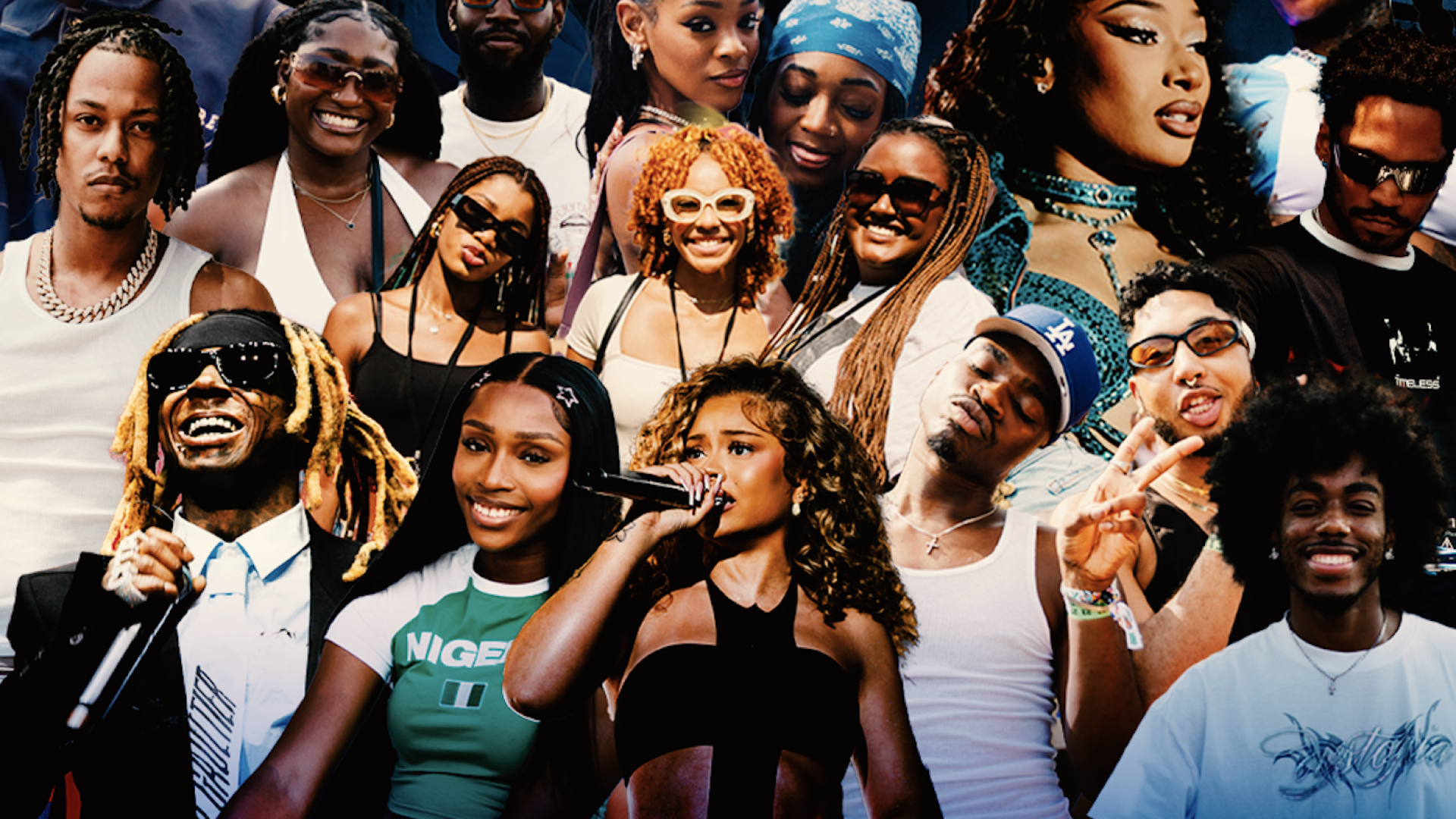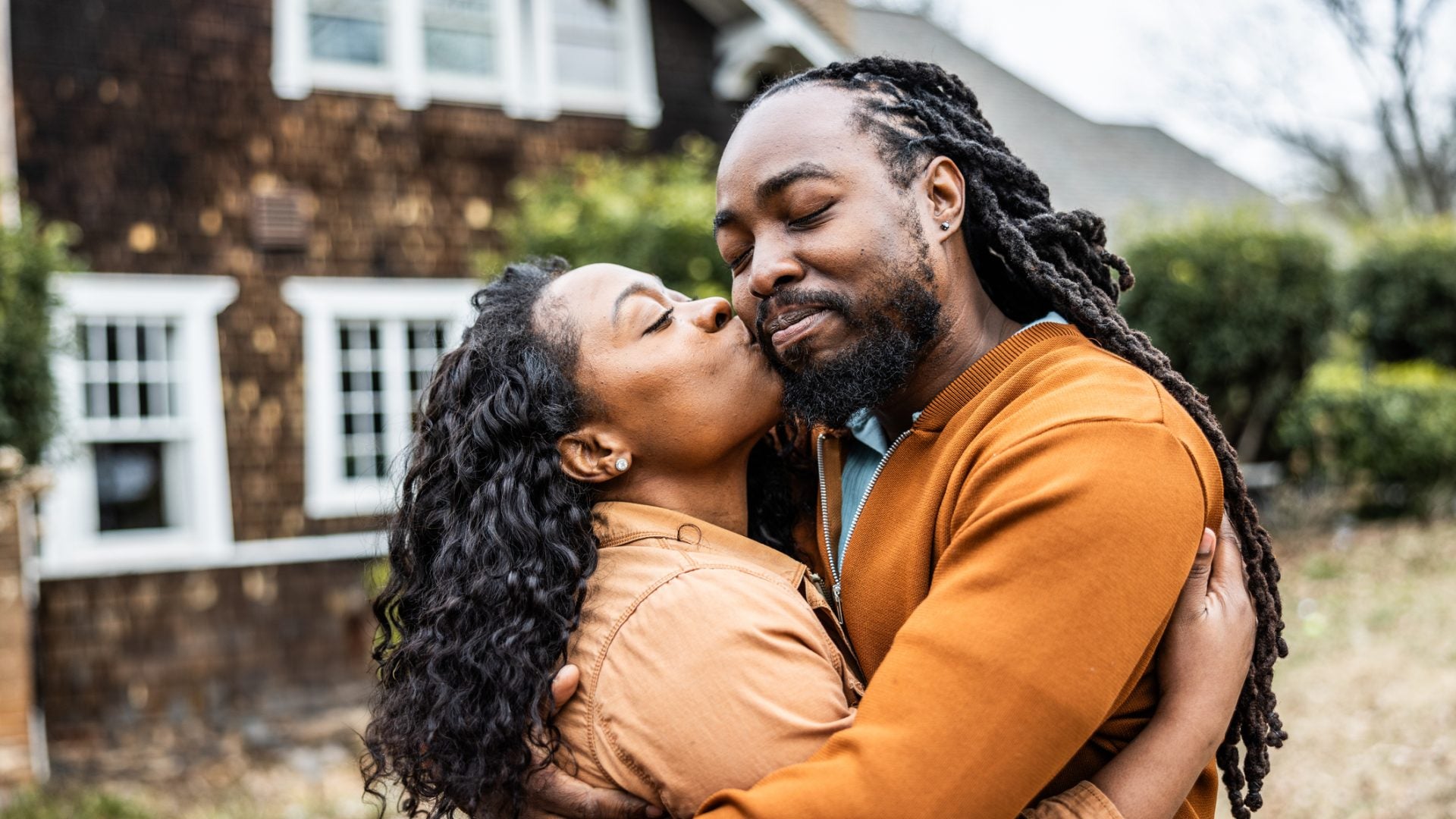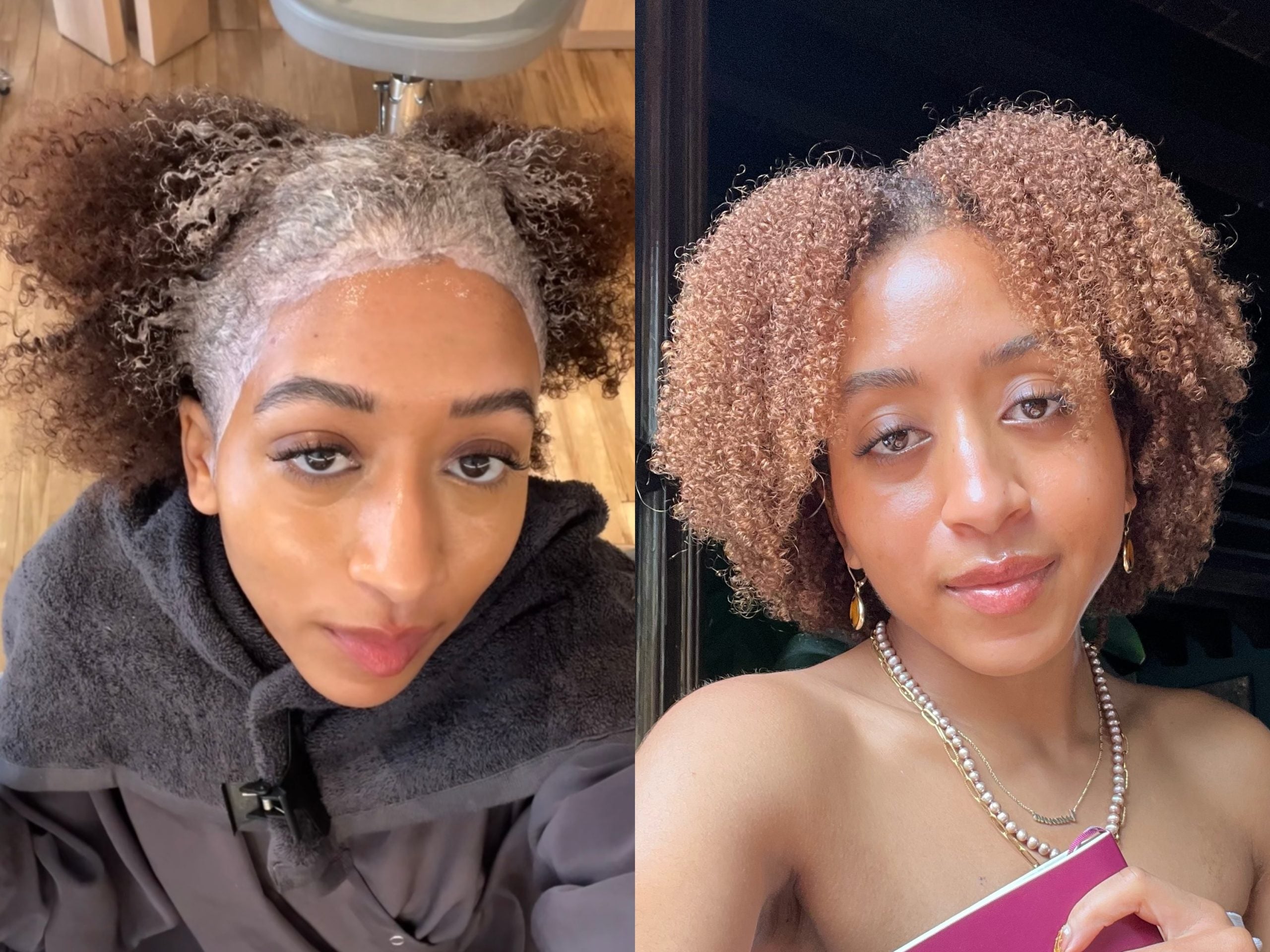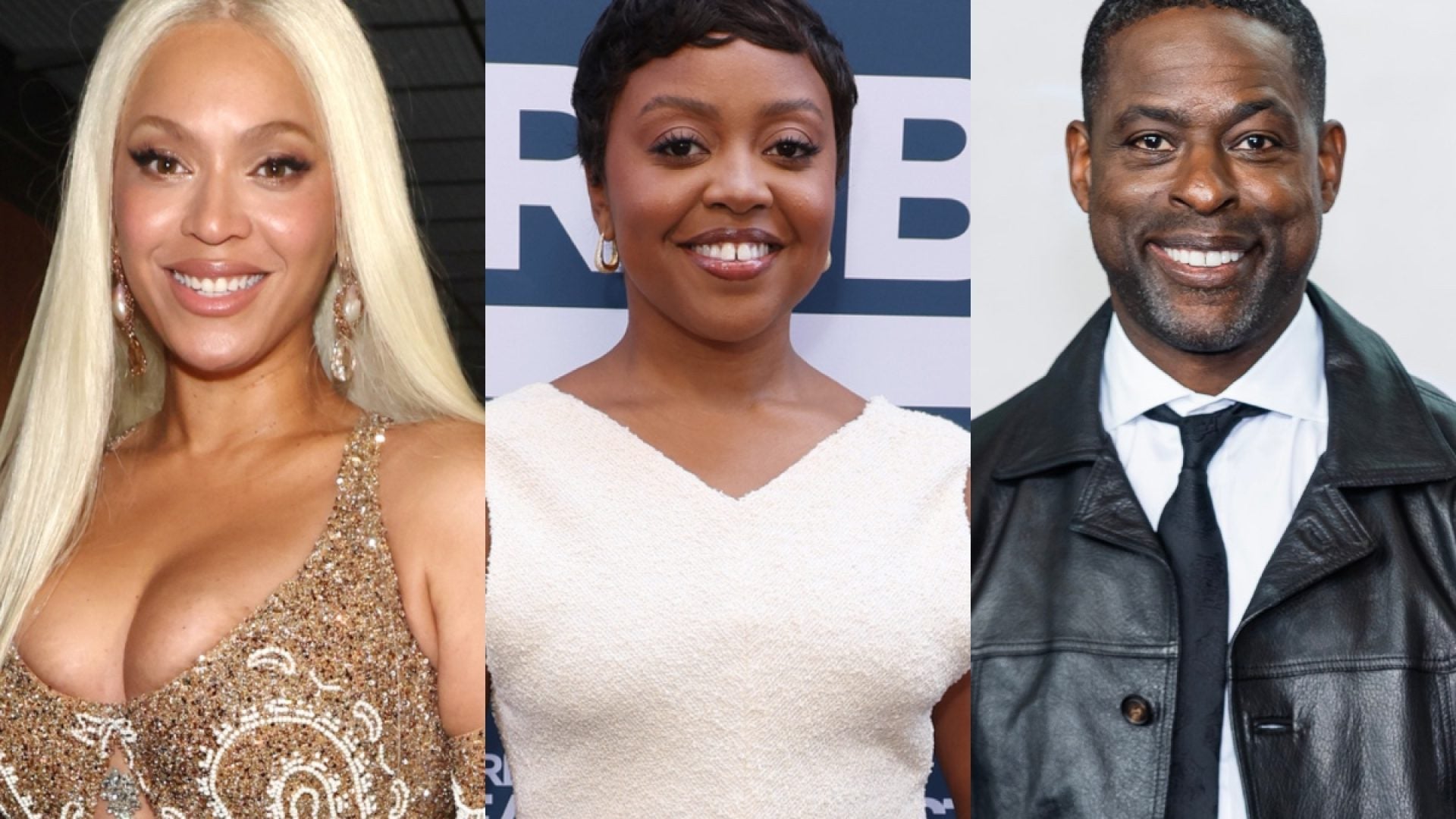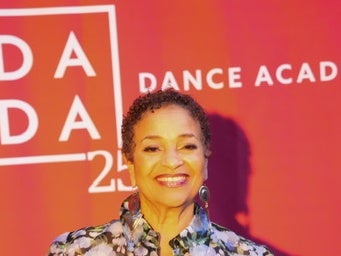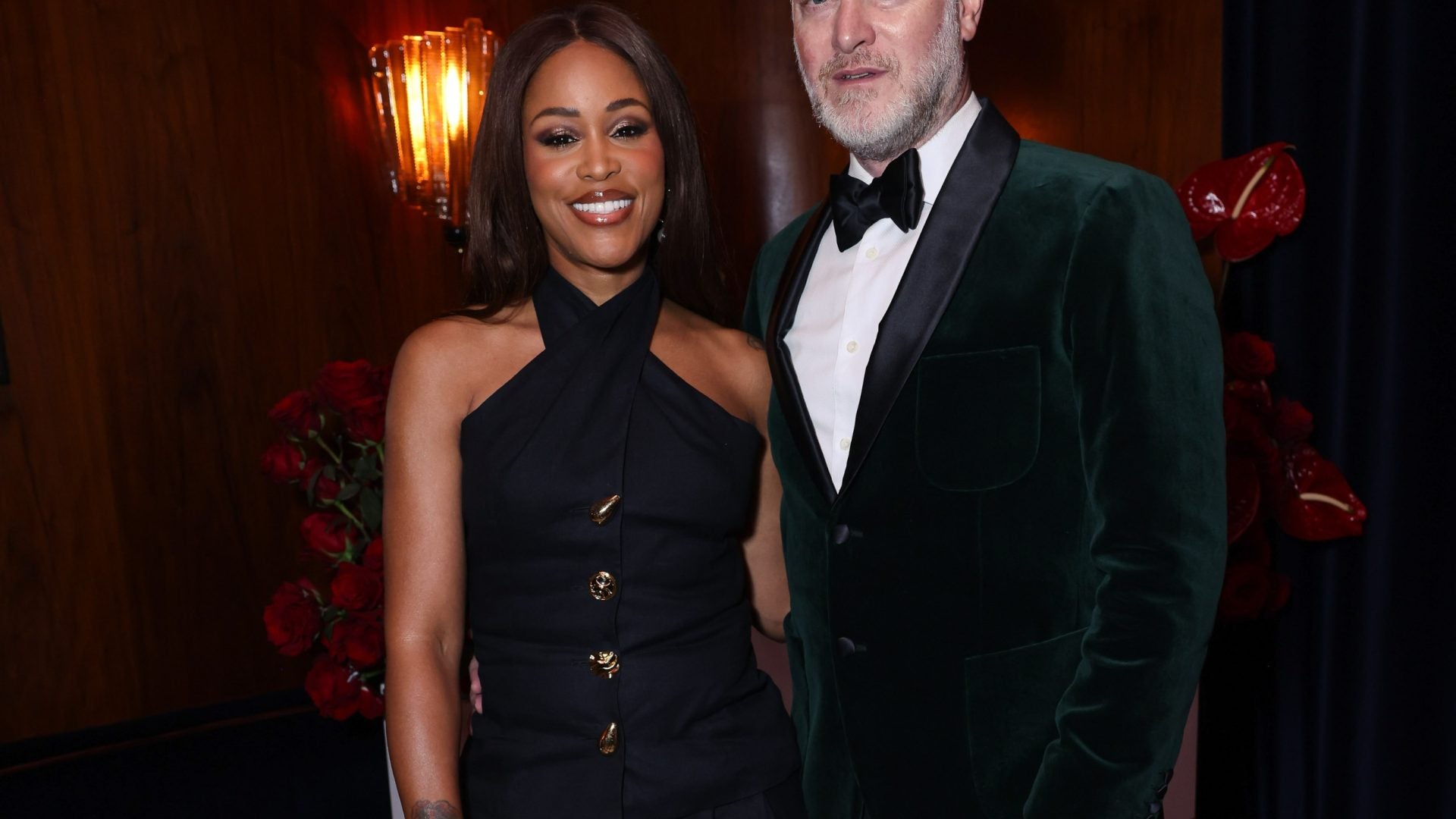How To Actually Find Your Summer Shade Match
We all know the struggle. You swatch a foundation that looks promising in the store, only to get home and realize your face is giving “floating head” while your chest […] The post How To Actually Find Your Summer Shade Match appeared first on Essence.

We all know the struggle. You swatch a foundation that looks promising in the store, only to get home and realize your face is giving “floating head” while your chest says otherwise. For Black and brown skin especially, finding a foundation that actually matches—undertone and all—can feel like solving a puzzle that was never made for you in the first place. But the truth is: it’s not your skin that’s the issue—it’s the system that hasn’t always catered to it.
Thankfully, times are changing. Today’s top makeup artists are leading with intention, and the industry is slowly catching up. We tapped two of the best in the business—Justin Douglas, celebrity makeup artist and former MAC pro, and Danessa Myricks, industry icon and founder of Danessa Myricks Beauty—to break down what truly goes into finding your perfect shade, and how to make the process feel less like a guessing game and more like a celebration of your skin.
Matching Beyond the FaceFor Douglas, shade matching is about more than just your cheek. “I never rely on the face alone,” he explains. “I still always check their overall body tone; face, chest, even arms.” Especially with deeper skin, the undertones can be so rich and complex. So, if you’re matching the face while ignoring the rest of your skin’s story. That’s where things go wrong.
Myricks agrees. She approaches the skin like a living, breathing canvas. “Your complexion shifts depending on the light, your environment, even how you feel that day,” she says. Her process begins with observation—watching how the skin catches the light, where it soaks up product, and how tone changes across different areas of the face. The goal isn’t perfection—it’s harmony.
Light, Layers, and ListeningNatural light is your best friend when it comes to shade matching. Douglas loves using a mix of window light and a ring light to get a true read of skin tone and undertone. He’ll position clients a few feet from a window to create a soft, balanced glow that mimics real-world conditions.
Both artists also swear by a layering technique. Begin with the center of the face, then blend outward to see if it leaves a natural finish. If you find yourself between shades, like many of us do, both makeup artists recommend mixing them together. “Makeup isn’t one-size-fits-all,” says Myricks. “Depending on the season, your skincare, or even how your skin feels that day, you might need more than one shade to get it right.” She recommends using the lighter shade in the middle of the face and the deeper shade along the perimeter to create a natural-looking gradient.
If your base is a little off, Douglas says blush and bronzer can course-correct without starting over. A little warmth around the edges or a flush of color can bring everything back into balance. “It’s not about chasing the exact shade,” he says. “It’s about creating dimension and movement.”
Brands That Get ItWhile there’s still work to do, both experts give props to certain brands that consistently show up for deeper complexions. For Douglas, staples like MAC Cosmetics, LYS Beauty, and NARS top the list for their understanding of undertones and rich pigment payoff. “They just get it—the depth, the nuance, the intention behind the shade range,” he says.
Of course, Myricks’ own line, Danessa Myricks Beauty, is built around inclusivity and artistry. Her formulations are designed to move with the skin and celebrate the full spectrum of melanin. She doesn’t just formulate for deeper skin—she centers it.
But there’s still a gap between having a wide range of shades and truly understanding them. “It’s not enough to release 40 shades if most of them miss the undertone,” Myricks says. “We need representation not just in the campaigns, but behind the scenes—in the labs, at the decision tables, in R&D. That’s how real change happens.”
How the Industry Can Do BetterBoth artists agree: beauty content needs more education, not just aesthetics. Douglas notes that many people rely on influencers for shade matching, often picking shades based on skin tone “twins” who don’t share the same undertones. “It’s misleading,” he says. “People need real guidance—not just vibes and viral videos.”
Myricks echoes the call for more artistry in influencer tutorials—less glam for glam’s sake and more breakdowns of color theory, skin tone, and undertones. “Teach people how to mix, correct, and play,” she says. “That’s where confidence comes from.”
Most importantly, both artists want consumers to stop being so hard on themselves. If your foundation doesn’t match right away, that doesn’t mean you’re doing it wrong—it means the industry hasn’t always taught you how to get it right. “Listen to your skin,” says Myricks. “It’ll tell you what feels good.”
TOPICS: foundation makeupThe post How To Actually Find Your Summer Shade Match appeared first on Essence.









